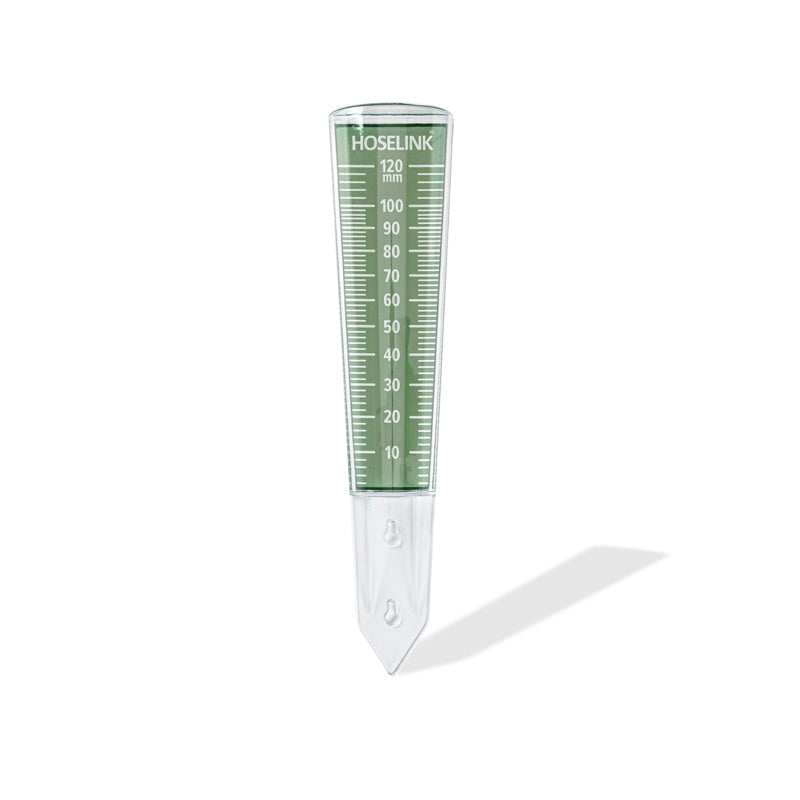Ingenious Layouts in Rain Gauges: What Makes Them Stand apart
Ingenious Layouts in Rain Gauges: What Makes Them Stand apart
Blog Article
Introducing the Scientific Research Behind Rain Evaluates: How These Instruments Play a Vital Function in Climate Study and Environmental Tracking
Rain gauges, apparently basic devices, hold an extensive relevance in the realm of climate study and environmental surveillance. As we peel back the layers of this clinical veil surrounding rain evaluates, we reveal a globe where accuracy, data precision, and careful monitoring assemble to reveal a deeper understanding of our altering climate and its influence on the planet.
Importance of Rain Gauges
Rain assesses play a vital duty in tracking and determining precipitation degrees, offering important information for environment research study and analysis. These devices are essential in measuring the quantity of rains that takes place in a details location over a specific period. By collecting and measuring rainwater, rainfall assesses deal valuable understandings into the distribution and strength of rainfall, assisting meteorologists, hydrologists, and climatologists in recognizing weather patterns and fads.
Furthermore, lasting data accumulated from rainfall gauges helps in assessing environment modification effects and patterns, adding considerably to scientific research and decision-making processes. In significance, rainfall gauges serve as necessary devices in the area of meteorology and environmental science, playing a crucial role in progressing our understanding of climate and environment dynamics.
Types of Rainfall Scales

Capability and Procedure
In the world of environment research study and meteorological research studies, the effectiveness of rain determines depend on their elaborate functionality and accurate functional devices. Rainfall assesses are made to properly measure the quantity of rainfall that falls over a specific area throughout a set duration. These tools commonly contain a funnel that collects rain and channels it image source into a measuring tube. The gauging tube is noted with calibrated measurements that permit for the specific metrology of rainfall.
The functionality of rain determines is based upon the principle of measuring and collecting rainwater in a standard fashion. This collected information is essential for comprehending neighborhood weather condition patterns, tracking lasting environment fads, and examining ecological influences. To ensure exact measurements, rainfall assesses need to be strategically put in open locations far from obstructions such as buildings or trees that could disrupt the collection procedure.
The operational aspect of rainfall assesses involves regular upkeep to avoid particles build-up, calibration checks to preserve measurement accuracy, and information tape-recording for analysis (rain gauge). In general, the capability and operation of rain evaluates are essential for gathering reputable rainfall data important to environment study and environmental monitoring
Duty in Climate Research
Given the crucial relevance of precise rainfall dimensions in understanding weather patterns and ecological influences, the function of rain gauges in environment research study is visit the site important. Rainfall assesses give essential data for environment research by quantifying the quantity of rainfall that tips over a specific location throughout an offered duration. This information is essential for monitoring lasting trends in rainfall patterns, analyzing the effect of climate modification on rainfall distribution, and boosting environment models.

Climate scientists make use of information accumulated from rainfall assesses to examine variations in precipitation levels, identify local environment trends, and review the effectiveness of water source administration methods. By contrasting historic rainfall data with current dimensions, researchers can detect shifts in precipitation patterns, such as changes in the frequency or intensity of rains occasions. This information is important for recognizing exactly how climate change is affecting rainfall dynamics and can assist policymakers make educated decisions concerning adaptation and reduction approaches.
Applications in Environmental Monitoring

In flood forecasting, rain gauge data aids to track rainfall intensity and circulation, enabling authorities to release timely cautions and take needed measures to alleviate flood threats (rain gauge). Drought surveillance depends on rainfall gauge information to assess moisture levels in the dirt and track rainfall deficits, aiding in the recognition of drought-prone areas and the implementation of drought action techniques
In addition, rainfall scale data plays a crucial role in water source management by providing info on water accessibility and use fads. Furthermore, in agriculture, rain scale information assists farmers in optimizing watering timetables, plant selection, and overall ranch management techniques based on local rainfall patterns.
Final Thought
In final thought, rain assesses are important tools for gauging rainfall, supplying important information for environment study and ecological monitoring. With different kinds and performances, rain determines play a vital role in recognizing rainfall patterns and their effect on the setting. By accurately determining rains, these devices basics add to the advancement of clinical expertise and aid in making informed choices pertaining to water resource administration and catastrophe preparedness.
Rainfall assesses play a crucial duty in surveillance and measuring rainfall levels, giving vital information for climate research study and evaluation. The standard rain scale, understood as the "tipping pail" gauge, is one of the most generally used gadgets. Ultrasonic rainfall gauges usage noise waves to discover the presence of rain, offering real-time information on precipitation degrees.Environment researchers make use of data accumulated from rainfall determines to examine variations in rainfall levels, identify local climate fads, and assess the performance of water source management methods.In final thought, rainfall gauges are crucial tools for gauging precipitation, giving important information for environment research and environmental surveillance.
Report this page